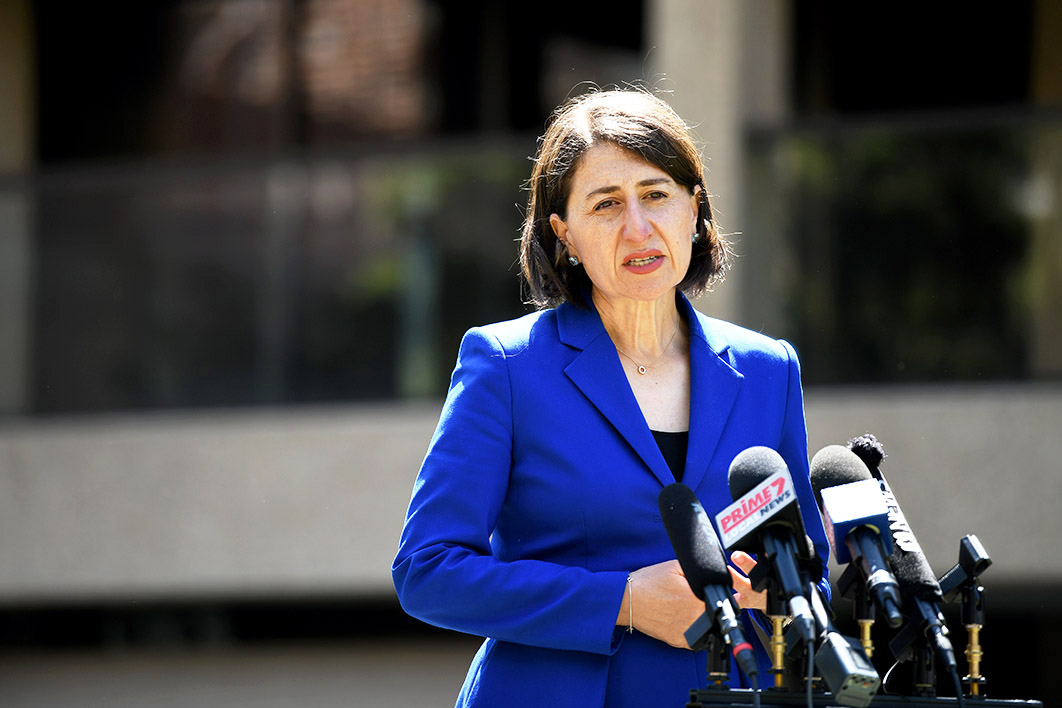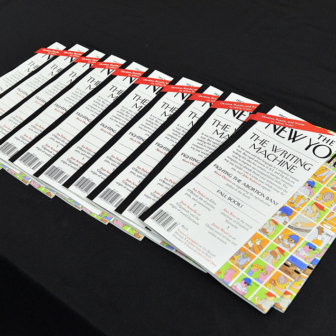Covid-19 threw the Australian news media, already in crisis, into further turmoil. Closures, contractions and job losses accelerated during the economic downturn, while demand for news soared. But it wasn’t to last.
This year’s Digital News Report: Australia 2021 reveals that the rapid increase in news consumption in Australia at the start of the pandemic has not been maintained, and nor has it translated into more people paying for news. In fact, the survey of 2034 Australians in January and February this year suggests that people’s interest in news has gradually declined over the preceding twelve months.
In April last year, a month into social isolation and restrictions on non-essential gatherings, the majority of respondents to a supplementary survey said that their news consumption had increased, and 70 per cent said they accessed news more than once a day. But that figure had dropped dramatically in this year’s main survey, and is now, at 51 per cent, even lower than before the pandemic.
This decrease is in keeping with the trend we have found over the years, with respondents’ interest in the news consistently declining. In 2016, 64 per cent of news consumers said they were interested in news. This figure fell to 52 per cent this year.
Even at the height of the pandemic when people were craving up-to-date news about the virus, more than two-thirds (71 per cent) of respondents admitted to avoiding news about Covid-19, mainly because they were tired of hearing about it and were overwhelmed.
In addition to this overall decrease in interest, we see a clear downward trend in the use of traditional platforms such as print and TV for news. The overwhelming majority of respondents (80 per cent) say they have not read a newspaper or magazine in the past week, and only 4 per cent say they primarily get news from print publications. Print consumption has halved since 2016. For regional residents, print consumption has dropped even more, to 42 per cent of its 2016 level, which is not surprising given that the majority of newsroom closures have occurred in the regions. TV as the main source of news has dropped back to pre-Covid levels of 40 per cent.
On the other hand, about a quarter (23 per cent) of respondents access news primarily via social media, which is a five percentage point rise over the past three years. The increase is particularly noticeable among older people. The proportion of people aged over seventy-five who get news mainly from social media has more than doubled in the past year (up six percentage points to 10 per cent).
The growth in social media news consumption has also ushered in different behaviour and commitment levels. The data show that most people who get news via social media do so incidentally while they are online doing other things, like chatting with friends. We know from previous surveys that people who seek news directly are much more likely to pay for it than those who run across it in the course of other activities.
Along with their declining interest in news, Australians also show little concern or awareness about the changing face of the news industry. Two-thirds of respondents are unaware that commercial news organisations are less profitable than they were ten years ago. Only one-third (34 per cent) express concern about the financial state of commercial news organisations, and even fewer (23 per cent) believe that the government should provide financial assistance.
Awareness of the financial state of news organisations seems to play a role in consumers’ decision to pay for news. Those who are aware of the current state are more likely to pay for news (17 per cent) than those who are not aware (11 per cent). And those who are concerned are more likely to support government intervention (39 per cent) compared with those who are not concerned (17 per cent).
Only 13 per cent of respondents pay for online news, and the number is not growing. Despite the importance of credible news and information during a global pandemic and a surge in consumption in the early days, we haven’t seen an increase in the percentage of respondents paying for it. More importantly, the vast majority of people (83 per cent) say it is unlikely they will pay for news in the next twelve months.
On the bright side, there are signs that Australians’ trust in news media may be increasing. During the global pandemic, trust in Covid-related news exceeded general trust levels, with a little over half of respondents saying they trusted most news (53 per cent) and news organisations (52 per cent) on this issue. Over the past twelve months, people have increasingly turned to public broadcasters for news, and trust in traditional news brands remains high. The improvement in trust is likely a reflection of the public’s greater reliance on news in a crisis, and the active dissemination of official health advice by news outlets during the pandemic. Further research by the News and Media Research Centre, to be released soon, shows that Australian news stories about the pandemic in 2020 were more likely to be informational than sensational.
But the peak in trust associated with news reporting about Covid-19 at the start of the pandemic in 2020 has not been sustained and accorded to news in general. The general trust in news is not as high (43 per cent) but is higher than last year (up five percentage points), which is in line with a global rise in trust in news.
There are clues in this year’s data about how the news media might maintain this increase in trust. Almost three-quarters of respondents say they want impartial news. And they trust the news brands they choose to consume more than they trust news in general, perhaps having been driven to specific brands after losing faith in the broader news environment.
Overall, the more that Australians see people like them fairly represented in the news, the more they trust it. Those who are satisfied with the amount of coverage of their political views are more likely to trust news (55 per cent) compared with those who say there is not enough coverage (27 per cent). The trust gap is even wider between those who think the coverage of their political views is fair (62 per cent) and those who think it is unfair (27 per cent).
Another factor is how connected people feel to their local community. Those who feel attached to their community are more likely to trust news than those who feel unattached. And we know that local news consumption, especially of newspapers, is associated with people’s sense of belonging.
If perceptions of trust are important to news outlets, then lessons can be learned from the Covid trust bump. Australians reward factual and relevant news that fairly reflects the diversity of the community. •
Digital News Report: Australia 2021 is produced by the News and Media Research Centre at the University of Canberra and is part of a global annual survey of digital news consumption in forty-six countries, commissioned by the Reuters Institute for the Study of Journalism at the University of Oxford. The survey was conducted by YouGov using an online questionnaire in January–February 2021. The sample is drawn from an online panel of 77,390 Australians and reflects the population that has access to the internet. The data were weighted to targets based on age, gender, region and education level to represent the total population based on Australian Bureau of Statistics census data.
Analysis of the data was carried out in collaboration with Caroline Fisher, Deputy Director of the News and Media Research Centre and Associate Professor of Journalism in the Faculty of Arts and Design, University of Canberra; Kieran McGuinness, Digital News Report Postdoctoral Research Fellow at the News and Media Research Centre, University of Canberra; and Jee Young Lee, Lecturer in the Faculty of Arts and Design, University of Canberra.




